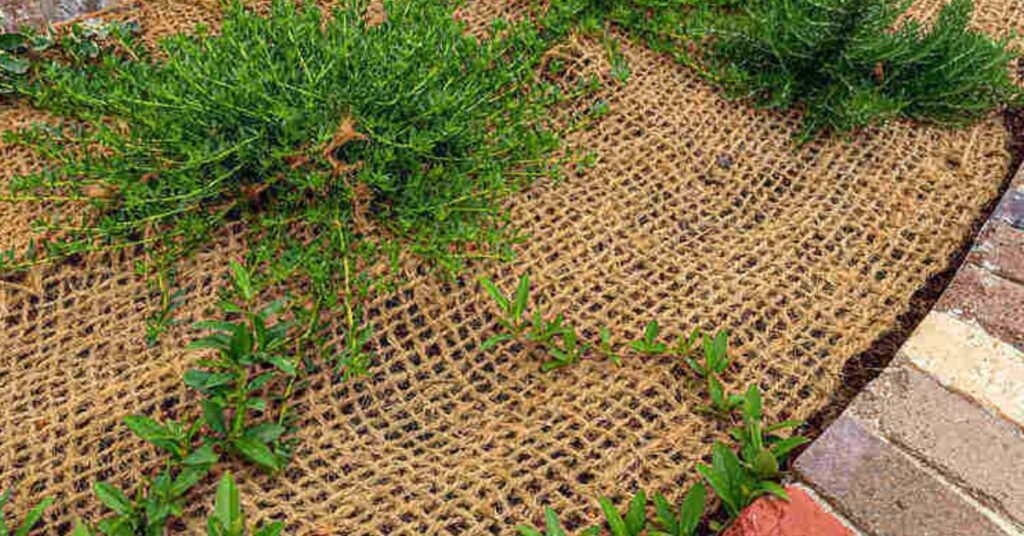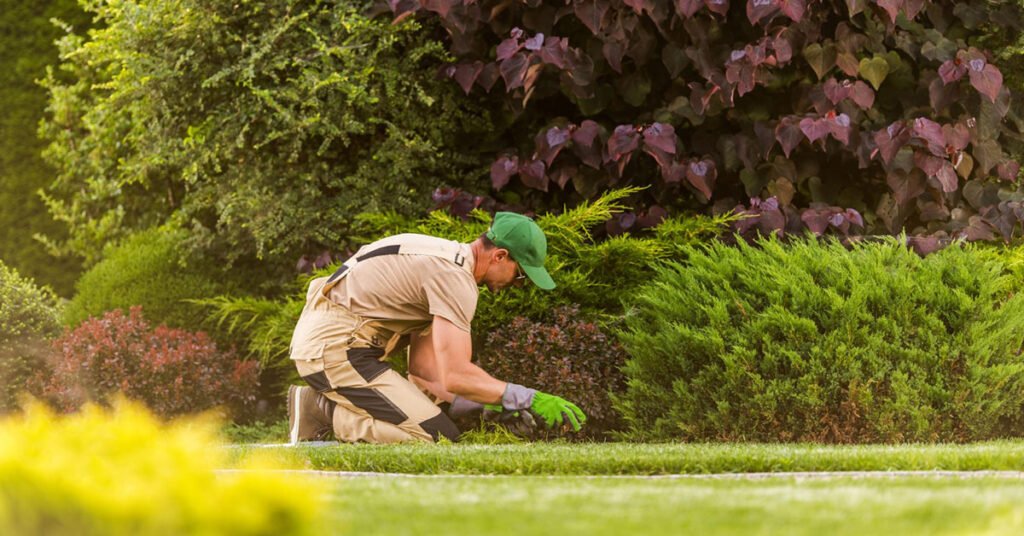Starting a career in the landscaping industry involves learning about various materials and techniques to ensure your projects are both beautiful and sustainable. One common question many newcomers ask is whether burlap can be used instead of traditional landscape fabric. In this post, we’ll delve into can I use burlap instead of landscape fabric, compare it with landscape fabric, and provide practical tips for your landscaping projects.
What is Landscape Fabric?
Landscape fabric, also known as weed barrier fabric, is a geotextile typically made from polypropylene or polyester. It’s designed to allow water and nutrients to pass through while preventing weeds from growing.
Advantages of Landscape Fabric
- Weed Control: Effectively suppresses weed growth.
- Durability: Long-lasting and resistant to tearing.
- Water Permeability: Allows water and nutrients to reach the soil.
Disadvantages of Landscape Fabric
- Cost: Can be relatively expensive.
- Installation: Requires careful installation to be effective.
- Environmental Impact: Synthetic materials are less eco-friendly.
What is Burlap?
Burlap is a natural fabric made from jute or hemp fibers. It’s commonly used in gardening for purposes like erosion control, plant protection, and as a biodegradable alternative to synthetic materials.
Advantages of Burlap
- Eco-Friendly: Biodegradable and made from natural fibers.
- Cost-Effective: Generally cheaper than landscape fabric.
- Versatile: Can be used for various purposes beyond weed control.
Disadvantages of Burlap
- Durability: Decomposes over time, requiring more frequent replacement.
- Weed Control: Less effective at suppressing weeds compared to landscape fabric.
- Water Retention: Can retain too much moisture, potentially causing root rot.
Can I Use Burlap Instead of Landscape Fabric?
The question of whether you can use burlap instead of landscape fabric is a common one among both novice and experienced landscapers. The answer depends largely on the specific requirements of your project and the benefits and drawbacks of each material.
-
Weed Control
- Burlap: While burlap can provide some level of weed suppression, it is not as effective as landscape fabric. Burlap is woven, allowing more light to penetrate, which can enable weed growth over time.
- Landscape Fabric: Designed specifically for weed control, landscape fabric is more effective at preventing weeds due to its tighter weave and durability.
-
Durability and Longevity
- Burlap: Burlap is biodegradable and will decompose within a few months to a year. This makes it suitable for temporary solutions or projects where you want the material to break down naturally.
- Landscape Fabric: Made from synthetic materials, landscape fabric is more durable and can last several years, making it a better choice for long-term weed control.
-
Environmental Impact
- Burlap: Being made from natural fibers like jute or hemp, burlap is an eco-friendly option. It breaks down into the soil without leaving any harmful residues.
- Landscape Fabric: While effective and durable, landscape fabric is made from polypropylene or polyester, which are not biodegradable and can have a greater environmental impact.
-
Cost
- Burlap: Generally less expensive upfront, burlap can be a cost-effective choice for short-term projects or for those on a tight budget.
- Landscape Fabric: Although more expensive initially, landscape fabric’s longevity can make it more cost-effective over time, especially for long-term projects.
-
Applications
- Burlap: Ideal for erosion control, plant protection, and short-term weed suppression. It is particularly useful in areas where you want the material to naturally decompose, such as in newly seeded lawns or around young plants.
- Landscape Fabric: Best for permanent planting beds, pathways, and areas where long-term weed suppression is critical. Its durability makes it suitable for high-traffic areas and under heavy mulch or gravel.
Read More: How To Remove Landscape Fabric
Conclusion
You can use burlap instead of landscape fabric in certain situations, especially if you prioritize environmental sustainability and cost. However, for long-term weed control and durability, landscape fabric remains the superior choice.
By understanding the strengths and weaknesses of each material, you can make informed decisions that best suit the specific needs of your landscaping projects.



